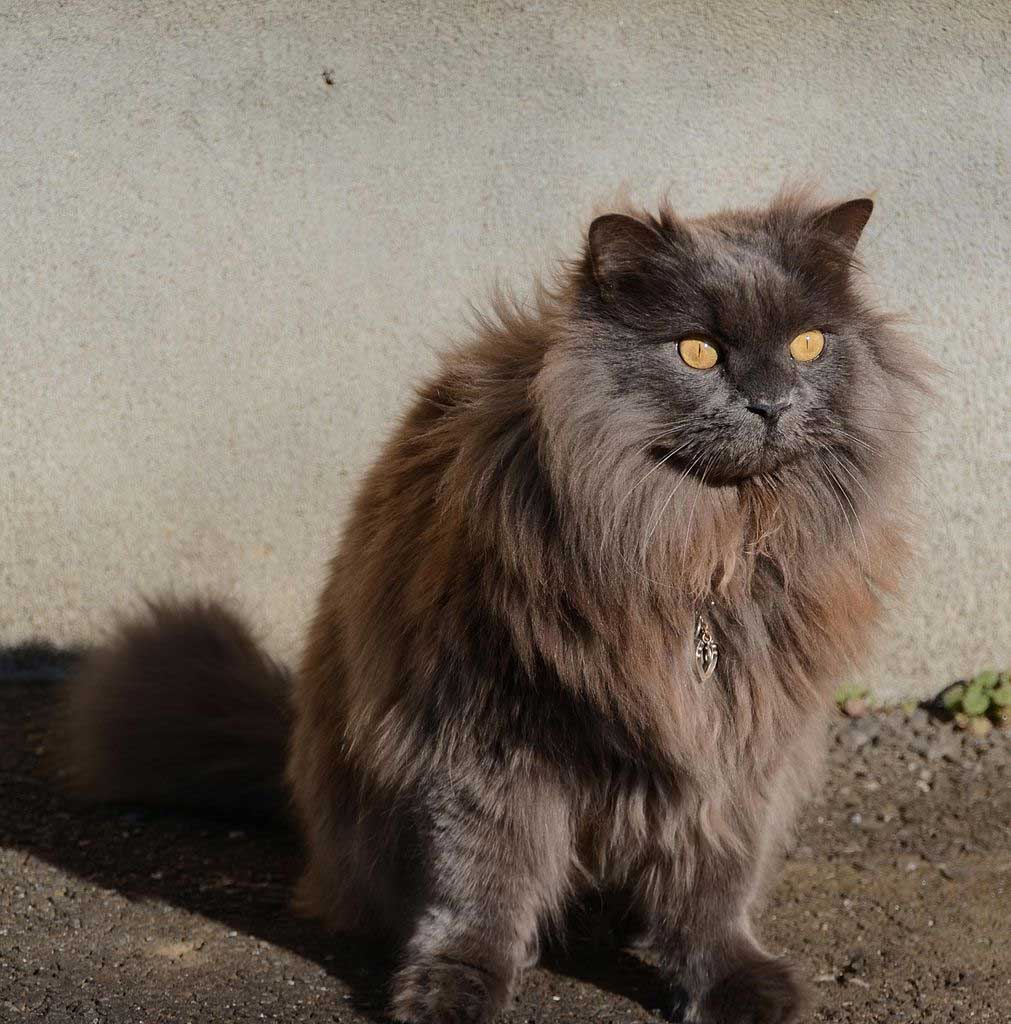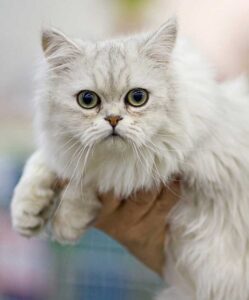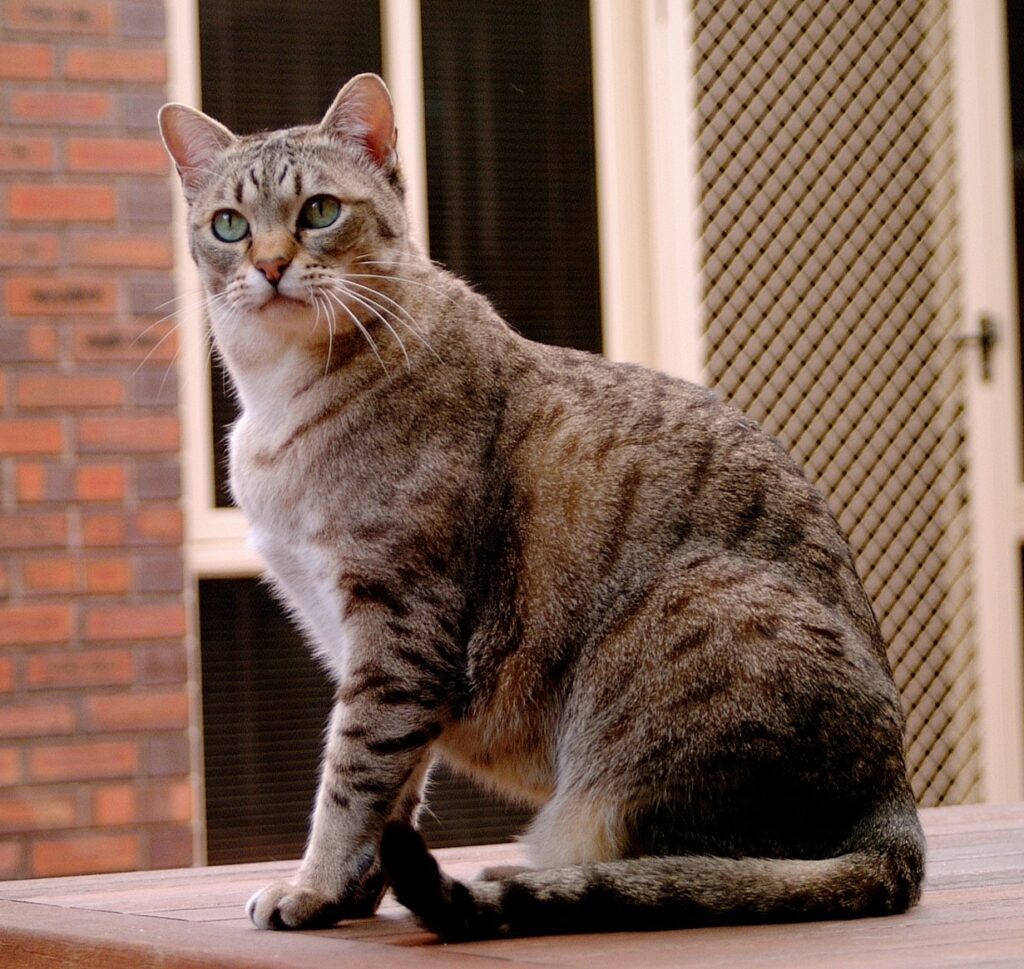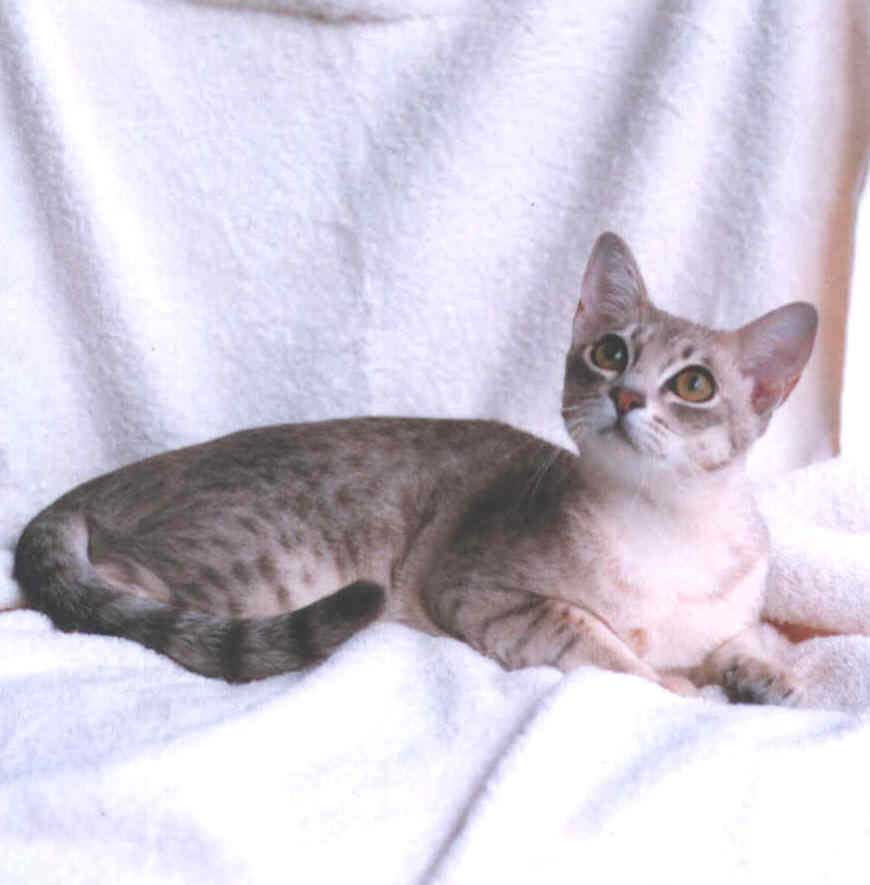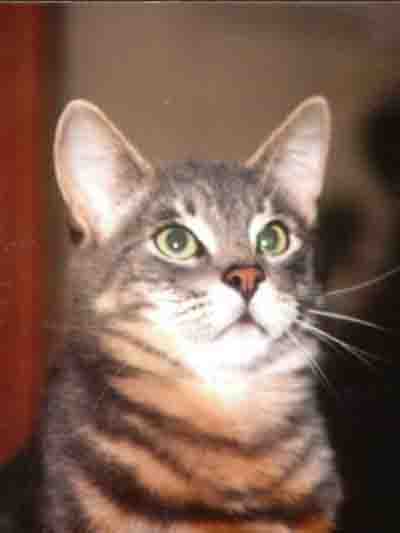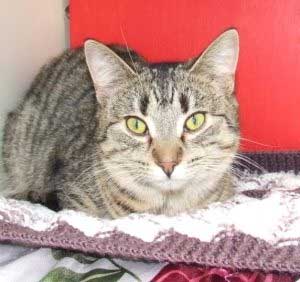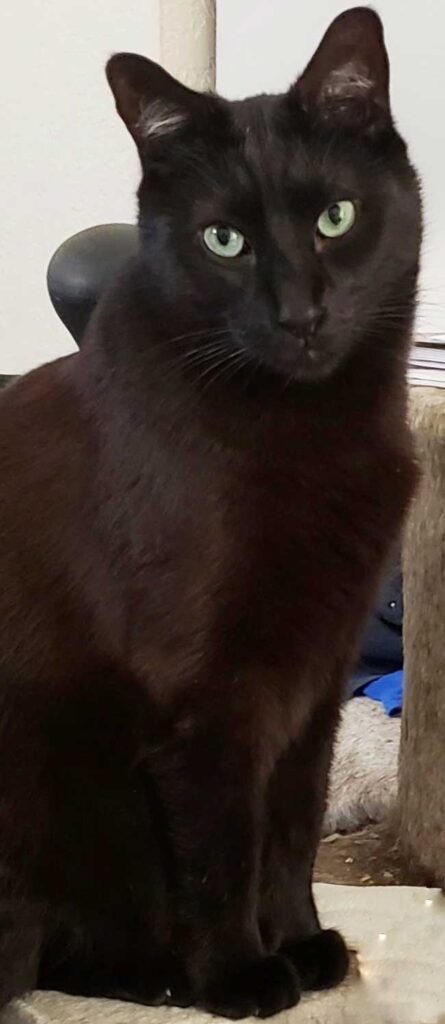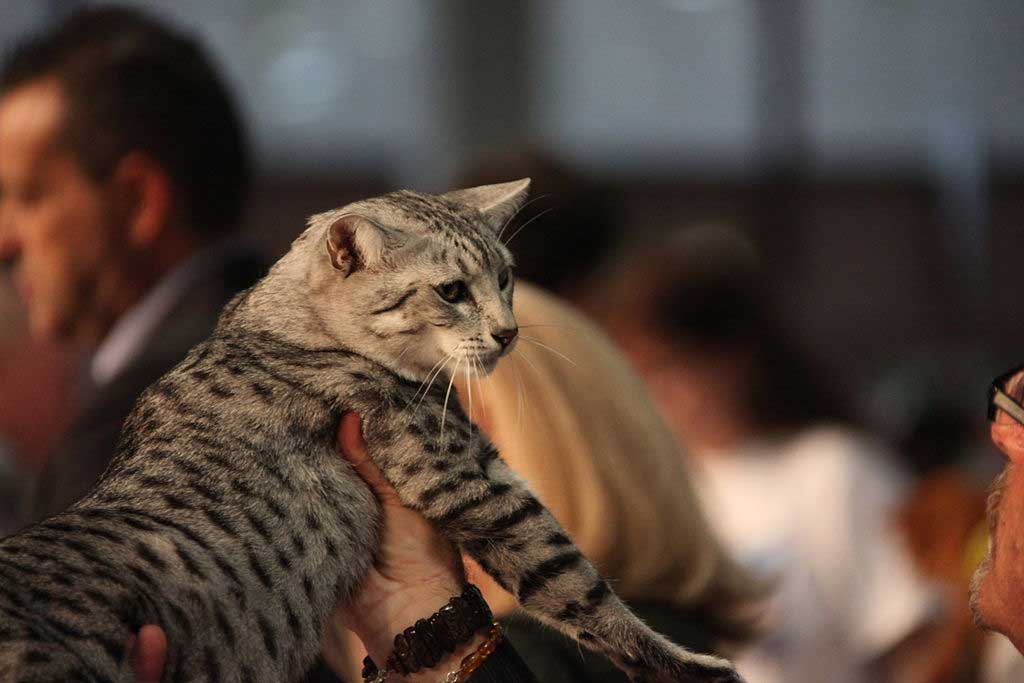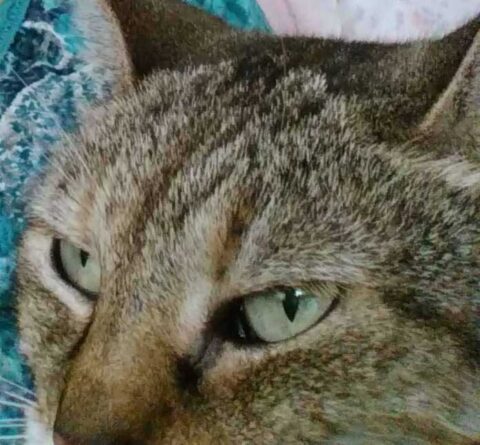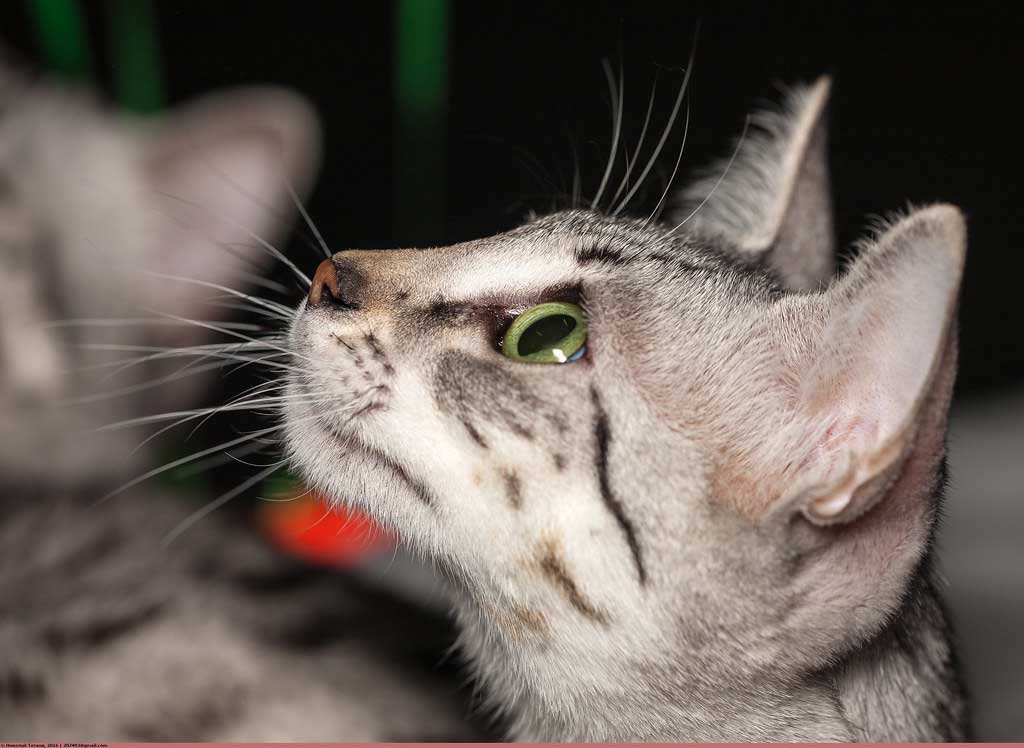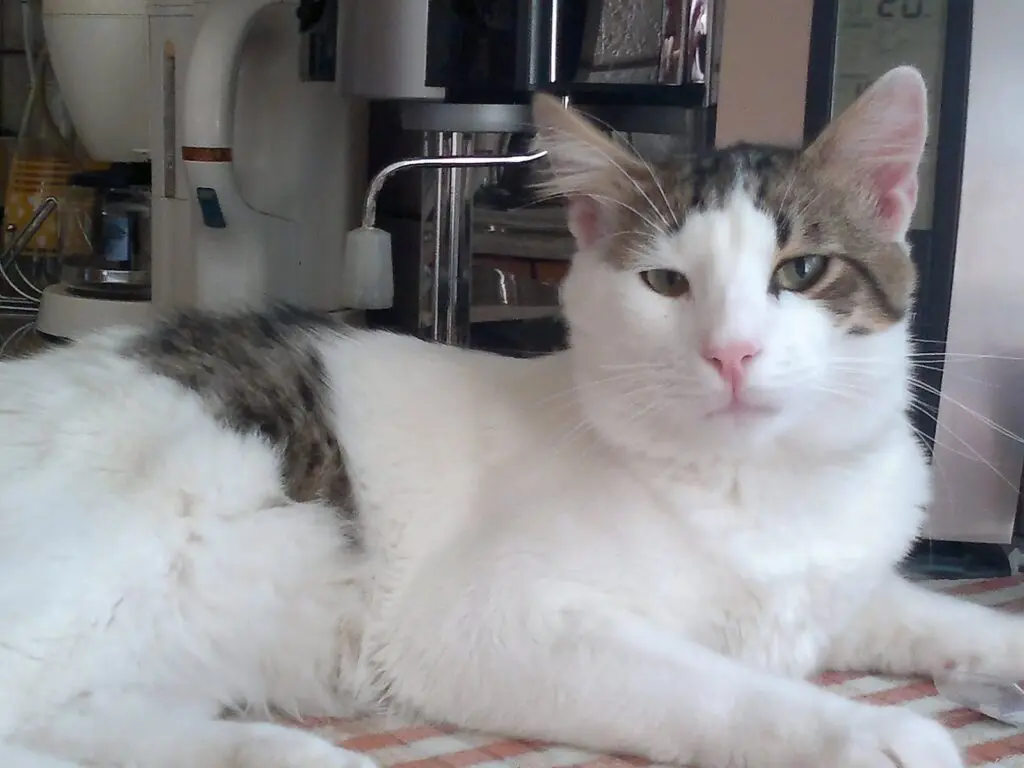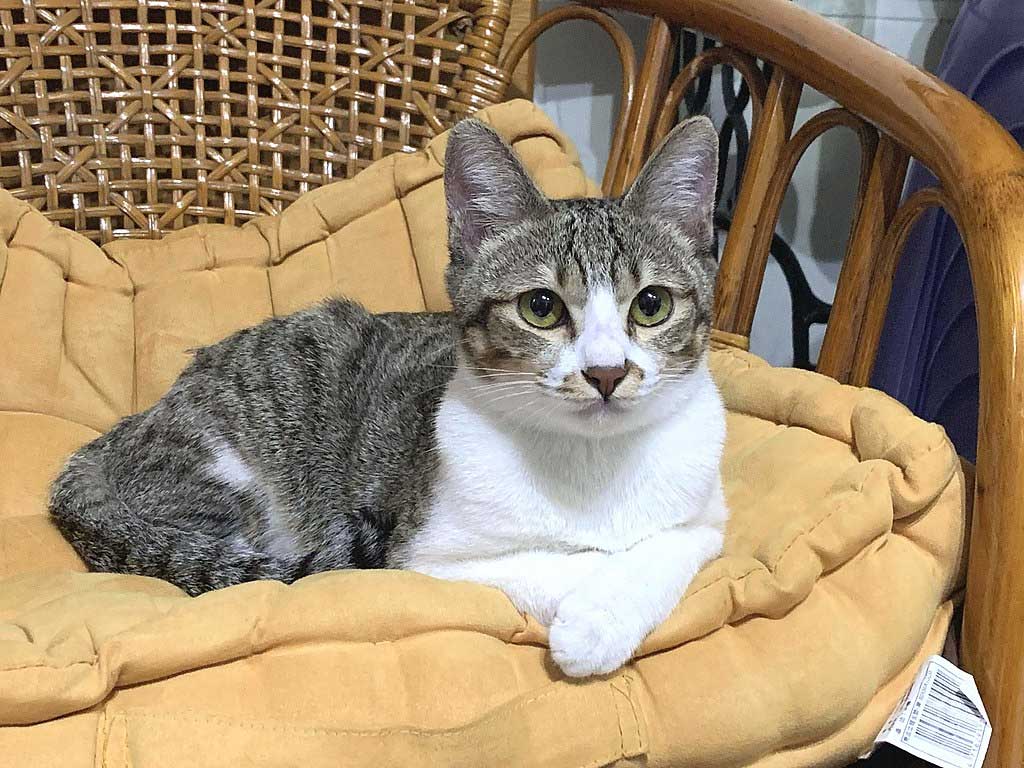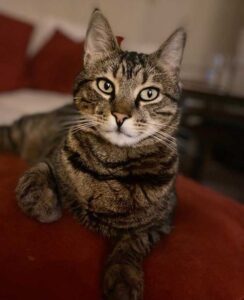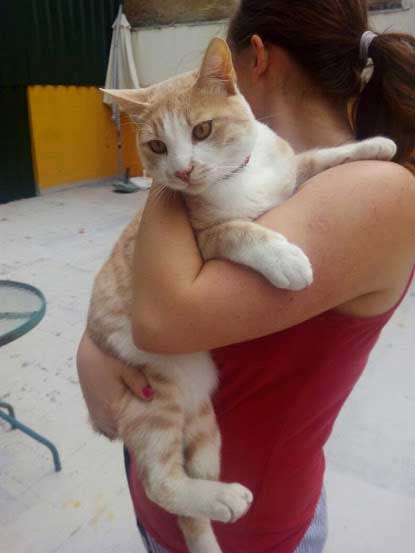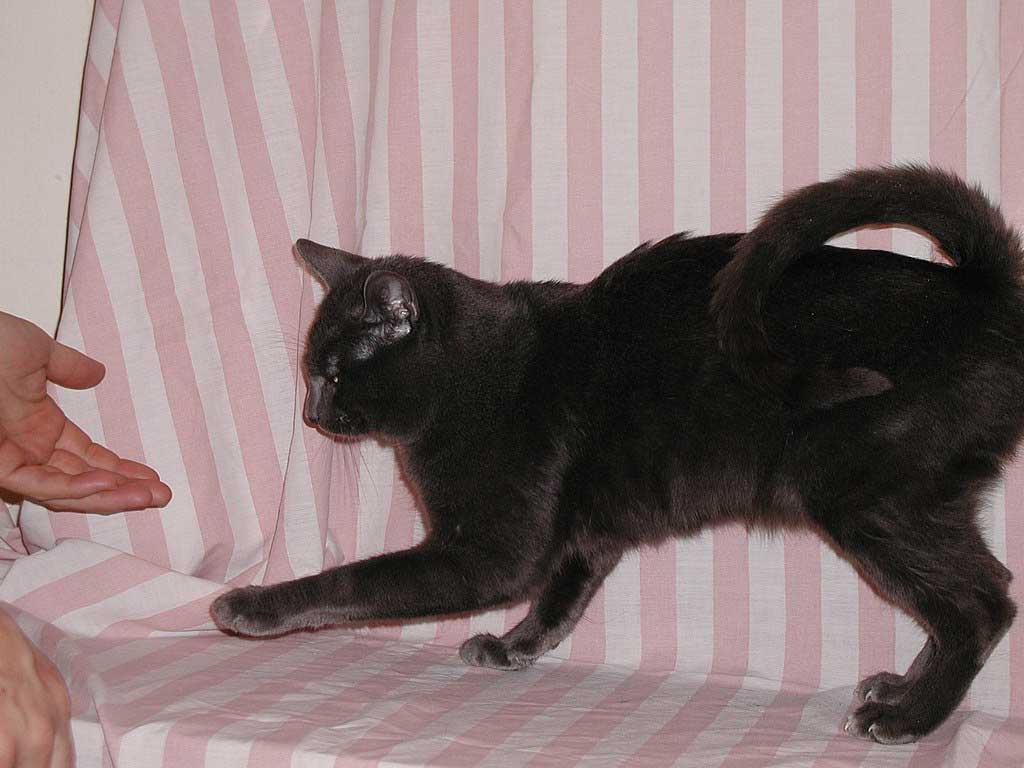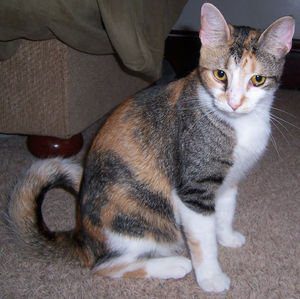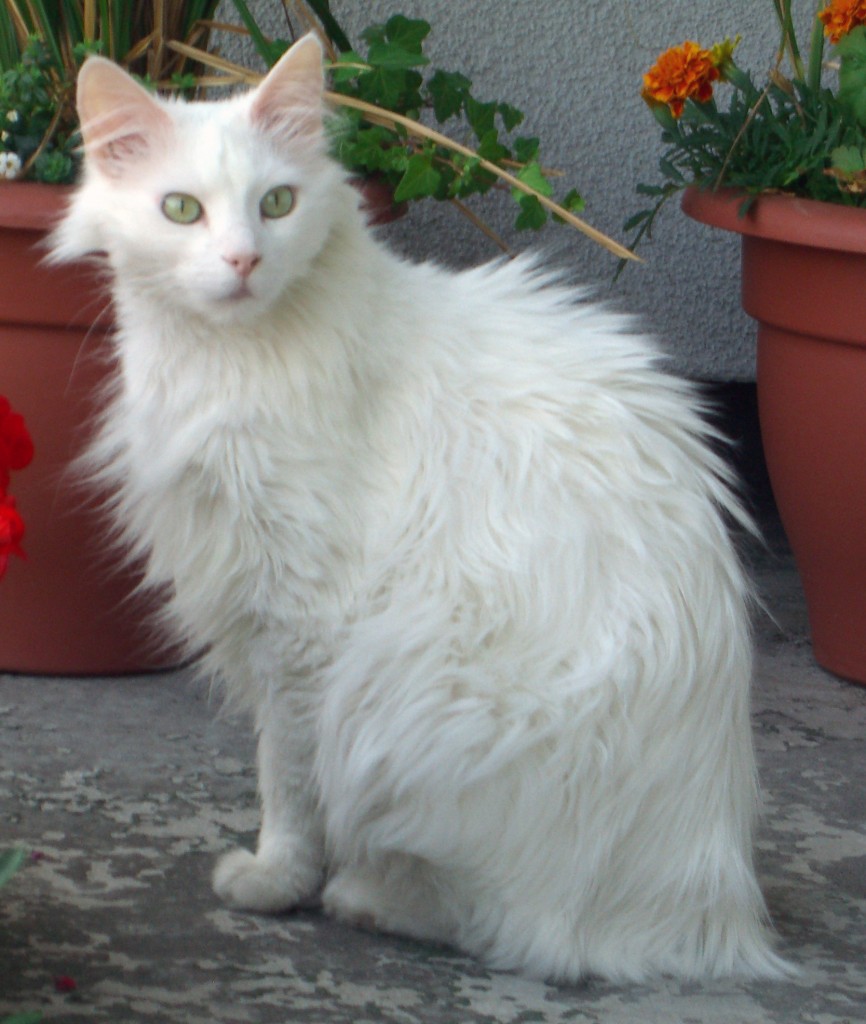
Content |
|---|
History
The Turkish Angora cat It, as the name reflects, a breed of cat native to Turkey, where she was prized for her long hair and fur. Angora is the ancient name of the capital of Turkey, currently Ankara. This breed of cat has a long history, since it is estimated that it can be traced back to ancient Egypt.
In XVII century, the Turkish Angora cat It was introduced to Europe by an Italian explorer named Pietro Della Valle and by a French named Nicolas de Peiresc, who brought several copies to their respective countries. It was a success, since it was the first breed of long-haired cat, since the other European domestic cats were short or semi-long hair. The Swedish naturalist Linnaeus called it Cattus Angorensis to distinguish it from the domestic cat and Chartreux cat, and the French biologist Buffon called him “Long-haired, all-white angora cat”.
Such was the popularity of the cat's coat color that it served as “royal gift”, being appreciated by the entire European aristocracy, especially the court of Louis XV. Painters of the time even chose her as a model to represent their cats in their paintings, for its elegance and beauty.
In the 19th century, the Turkish Angora cat contributed to the birth of Persian cat, to the one who transmitted the gene responsible for long hair. But with the passage of time and the dangerous crosses with other breeds of cats, the Turkish Angora lost the characteristics that had made it famous. At the same time, the dazzling success of the Persian, chosen as a breeding base by the English in Victorian times, caused a disinterest in the Turkish Angora cat as dazzling as its success, to the point that it almost disappeared after WWII. The Turkish government decided to protect the remaining specimens to ensure the survival of the breed, so he decided to prohibit its export.
Finally, The breed was saved by American cat breeders who managed to obtain them from the Ankara Zoo in 1959 a couple of Turkish Angora Cats llamados Star (that means “Star”) y Yıldızcik (“Little Star”). The current Turkish Angoras were born from this couple. Interest in the breed was rekindled in 1963, when the breeders in question presented her to the rest of the world. La C.F.A. (Cat Fanciers’ Association, one of the leading American feline organizations) recorded the first animals in 1970 and recognized the breed in 1973. La F.I.Fe (Fédération Internationale Féline) did the same in 1988.
Despite its beauty, the Turkish Angora cat it is not yet widespread in the world and is still protected in Turkey: some zoos continue to breed to ensure the survival of this breed, that is still considered “fragile”. But, the Turkish Angora It is one of the favorite feline breeds of the French, and is often featured at feline shows.
Physical characteristics
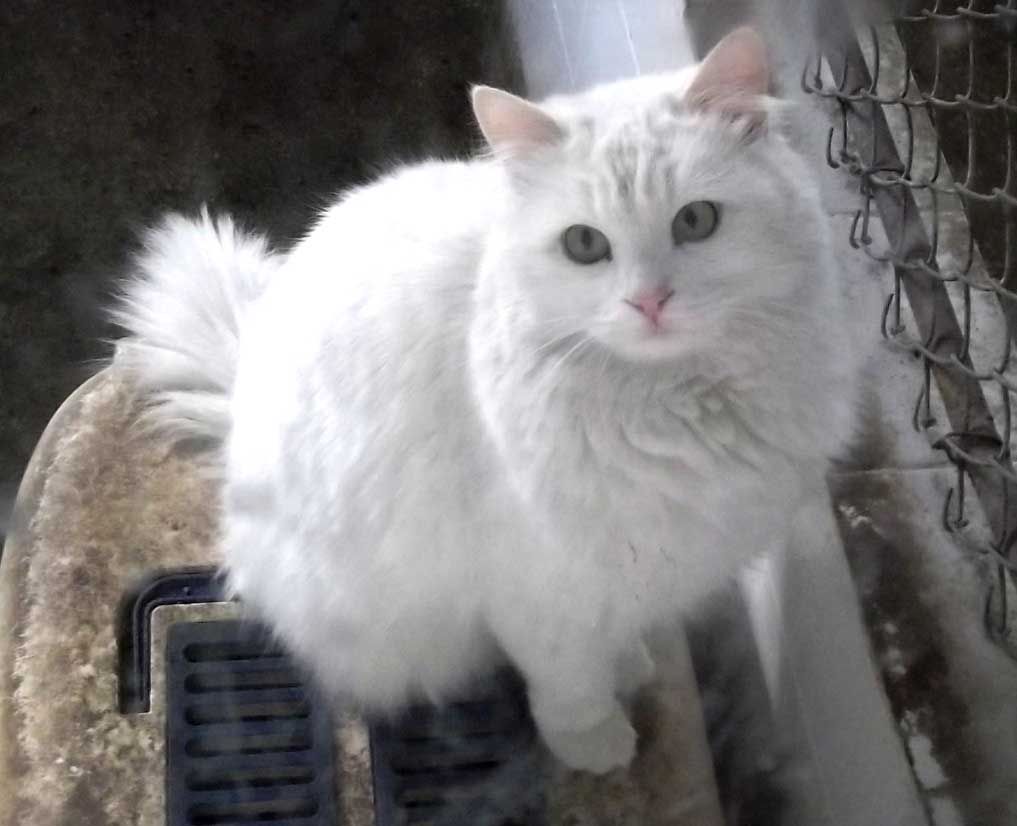
The Turkish Angora cat it is a small to medium sized cat, with a graceful appearance, has a beautiful head that tapers downwards and is relatively small in relation to the rest of the body. The muzzle has no pinches, the nose is slightly curved, the ears are set high on the head, turns forward and has a lock of hair at the end.
The legs of the Turkish Angora cat they are long and thin, with oval legs and tufts of hair between the toes. The tail is wide at the base and tapers as it grows. The tail is quite long compared to the rest of the body and feathery in appearance., due to the long hair.
The coat is of medium to long length, fine and silky, with a very light undercoat. The hair is slightly more numerous and wavy on the belly. Due to its dense fur, the turkish angora may appear much larger than it actually is: is light-boned and does not usually exceed 5 kg. The molt occurs in summer and is quite considerable.
Originally, only a completely white gown was allowed. Today, although the white variety is still the most popular by far, a wide range of single-color coats is tolerated, bicoloured, brindle and smoked. Just some colors, like chocolate or mink, are not recognized by the standard.
Large, almond-shaped eyes are traditionally amber in color. In the white variety, blue or minnow eyes are also accepted (that is to say, with two different colors), while in the gold and silver varieties green eyes are also tolerated.
Size and weight
Character and skills
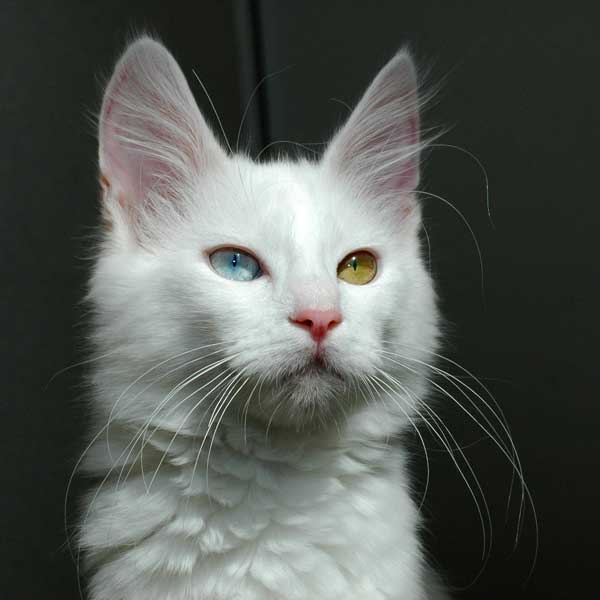
The Turkish Angora cat it is a very sociable and affectionate cat, who likes to be the center of attention, to the point of being a bit loud at times. Enjoys the company of its owner and other animals, including dogs, and he especially likes children. Being a very playful and intelligent cat, can learn some tricks, how to stand up on its hind legs when presented with a toy or treat, or retrieve and return a small ball.
The Turkish Angora cat he is also an observant cat, and nothing escapes him: is everywhere, following your every move, jumping on your shoulders when you least expect it and picking up your pen as you write. He is very capable of running after taking the glasses case, the glove or tights that were lying on the ground. But she knows how to make up for it by purring and stroking it.
Robust, athletic and hunter, the Turkish Angora is a very independent cat that values ​​its freedom. They need to have a lot of space to develop and they don't like being confined to one floor.
Last, it is one of the few cats that loves water, and will gladly take a dip in a basin or bathtub if given the chance.
Care "Turkish Angora cat"
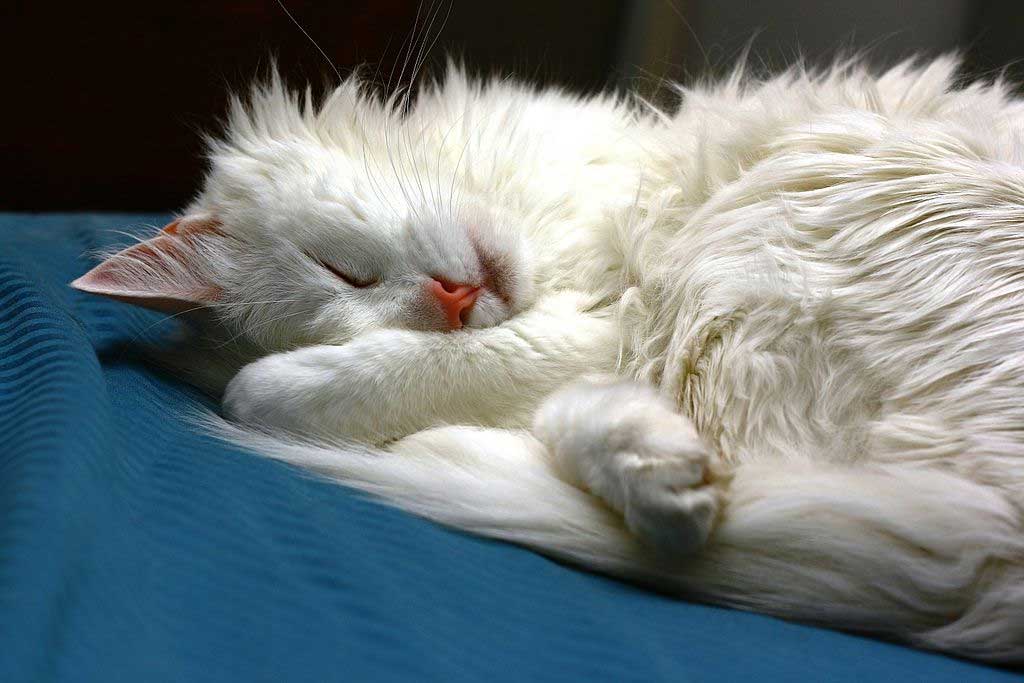
The Turkish Angora cat Grooming his silky fur himself, so it is enough to brush it from time to time. This helps remove loose hair and strengthens the bond between you and your cat.. How long-haired cats tend to swallow more hair, hairballs can form in the digestive tract. To reduce the formation of these hairballs in the stomach, there are special foods for cats.
Food
Due to the long and dense coat of the Turkish Angora cat, it is recommended to feed the dog a diet rich in fiber so that it can more easily evacuate the trichobezoars (hair balls) what you eat when preening, and thus limit the risk of digestive problems.
Indoor or outdoor cat?
The Turkish Angora cat he is a very calm cat and, therefore, ideal for interiors. It is not particularly demanding in terms of its accommodation conditions and also settles for less space. Especially as an indoor cat, develops an intimate relationship with its owner and enjoys being with the family. For this reason, the loving cat should not be left alone for a long time. If you have the opportunity to let the cat out under supervision, give this opportunity. They enjoy observing their surroundings from an elevated position and breathing fresh air.
How much activity does he need? "Turkish Angora cat"?
This lively and active cat loves creative and challenging toys. He also enjoys learning little tricks., how to recover toys. A sturdy scratching post for playing and sleeping also offers great employment opportunities and also helps the cat care for its nails.. Extensive petting is a must for this affectionate, people-oriented cat.
For sale "Turkish Angora cat"
The Turkish Angora cat it is an excellent cat for beginners, but it also needs enough affection and care. Before buying a cat, you must be sure that you can offer him a full life. Once you have decided on the breed, you must visit a trusted breeder who belongs to a registered club. Pay attention to the behavior and health of kittens and parents as well. For a purebred kitten with papers you pay a few 800 EUR. In the animal shelter you can sometimes find a cat that looks and behaves like a Turkish Angora cat.
Characteristics "Turkish Angora cat"
Coexistence is important that you have with your new friend. Before considering the acquisition of a cat of the breed "Turkish Angora cat" you know certain factors. You must take into account their character, their need for exercise, their interaction with other pets, their care and if you have small children, their level of tolerance towards them.
Joy4.0 out of 5 stars (based on 1 review)
|
Activity level4.0 out of 5 stars (based on 30 reviews)
|
Friendliness to other pets3.0 out of 5 stars (based on 1 review)
|
|---|---|---|
Friendliness to children3.0 out of 5 stars (based on 1 review)
|
Grooming requirements3.0 out of 5 stars (based on 1 review)
|
Vocality1.0 out of 5 stars (based on 1 review)
|
Need for attention4.0 out of 5 stars (based on 1 review)
|
Affection towards its owners4.0 out of 5 stars (based on 1 review)
|
Docility2.0 out of 5 stars (based on 1 review)
|
Intelligence4.0 out of 5 stars (based on 1 review)
|
Independence2.0 out of 5 stars (based on 1 review)
|
Hardiness3.0 out of 5 stars (based on 1 review)
|
Videos "Turkish Angora cat"
|
Turkish Angora – Turkish Angora / Cat Breed
|
WHITE CAT TURKISH ANGORA а.С.м
|
|---|

